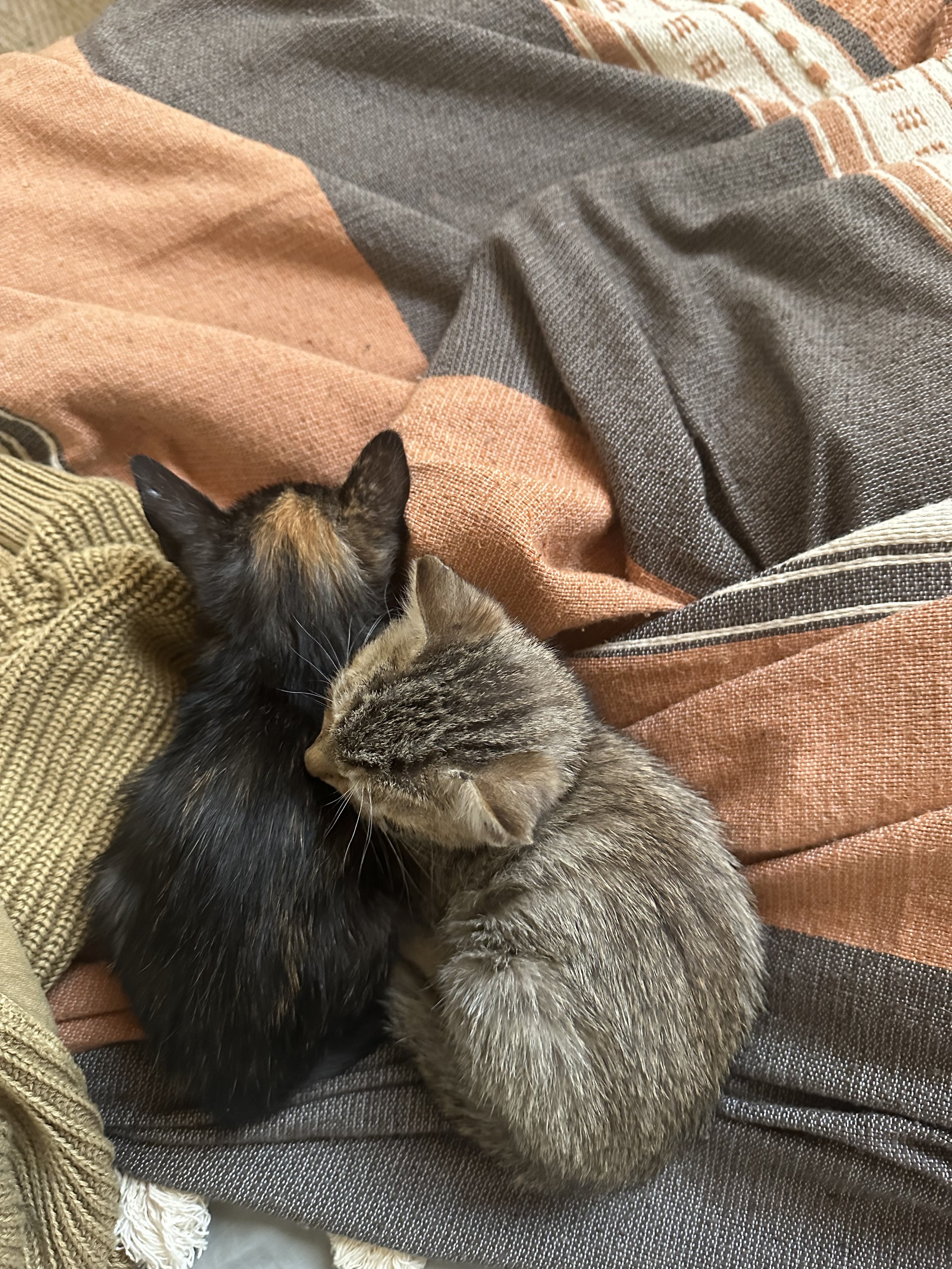Yoga Asana: Happy Baby or Ananda Balasana
Each posture in the physical yoga practice has a Sanskrit name ending in asana. Asana means seat or posture. Today we will explore Ananda Balasana also known as happy baby pose and sometimes referred to as dead bug pose. When we break down the Sanskrit we see: Ananda which = happiness or bliss, Bala which = child, and asana which = seat or posture. Happy Baby is a popular and more modern posture of which has roots that date back to the 19th century. This posture is restorative in nature and is often practiced towards the beginning or the end of an asana practice.
This brings us to the why behind Ananda Balasana. Each posture has potential benefits that are of course physical in nature, both internally and externally, and also mentally, emotionally, and spiritually, yet it is important to note that not all of these are true for everyone and are also dependent upon the time, consistency, and sincerity of practice. In general Ananda Balasana stretches the outer hips, inner groins, hamstrings, glutes, chest, and shoulders. It helps to lengthen the spine and release tension in the low back as well as potentially strengthen the arms. The posture is primarily practiced to address the above stated, however it can also be a preparatory posture for crow pose (bakasana), squat (malasana), lizard (utthan pristhasana), and half squat pose (skandasana).
Ananda Balasana also holds symbolic, metaphoric, and meaningful significance to our own personal why’s. When we consider the Sanskrit translation of the posture as well as the shape itself, we are lead to the essence of a baby and birth. The purity of new life and the unfiltered joy that can be witnessed in a new born child or puppy or kitten, is a reminder of our innate state of being. While yoga certainly promotes repetition and practice, it also encourages us to re-visit ourselves and our lives with re-newed perspective. How might life feel if we were freed of our heavy beliefs? What curiosity might be stimulated if we decided not to think we knew anything! What freedom might be available with the resolve to examine and re-examine what we think we know? How might we be placing our agendas, beliefs, assumptions, and expectations onto each moment of the day? And does that make our moments feel pure or impure? There are so many lessons and blessings that can be revealed by simply observing new life. Allow ananda Balasana to purify your outdated programs and perhaps rather than spending your days longing and lamenting you may just find yourself laughing and skipping.
How to Ananda Balasana:
Lie down on your back, bring your knees to your chest and spread your knees towards your armpits. If your tail is lifted, stay here. If your tail is grounded, lift the lower half of your legs and make your feet parallel to the ceiling. Place your hands on the hamstrings or the calves or the outer shins or use the peace fingers to wrap around the big toe, or hold the outer edge of the feet. Draw downward and allow your collar bone to widen. Option to find stillness or rock like a baby.
Modifications
Back Support
1. The options stated above offering different placement of the hands.
Head/Neck Support:
1. Place a folded blanket under head and neck until your chin is slightly above your forehead.
Variations:
Half happy baby (eka pada ananda balasana). Do one leg at a time.
Extend the legs out to the side. This can be done in full happy baby or half happy baby. Use the hands where appropriate (big toe, outer blade edges of feet, outer shins, or outer knees. Option to roll to one side, extend the leg, draw it back in, roll to the other side and repeat from side to side.
***Permission to modify in anyway that provides you with a feeling of safety & ease

